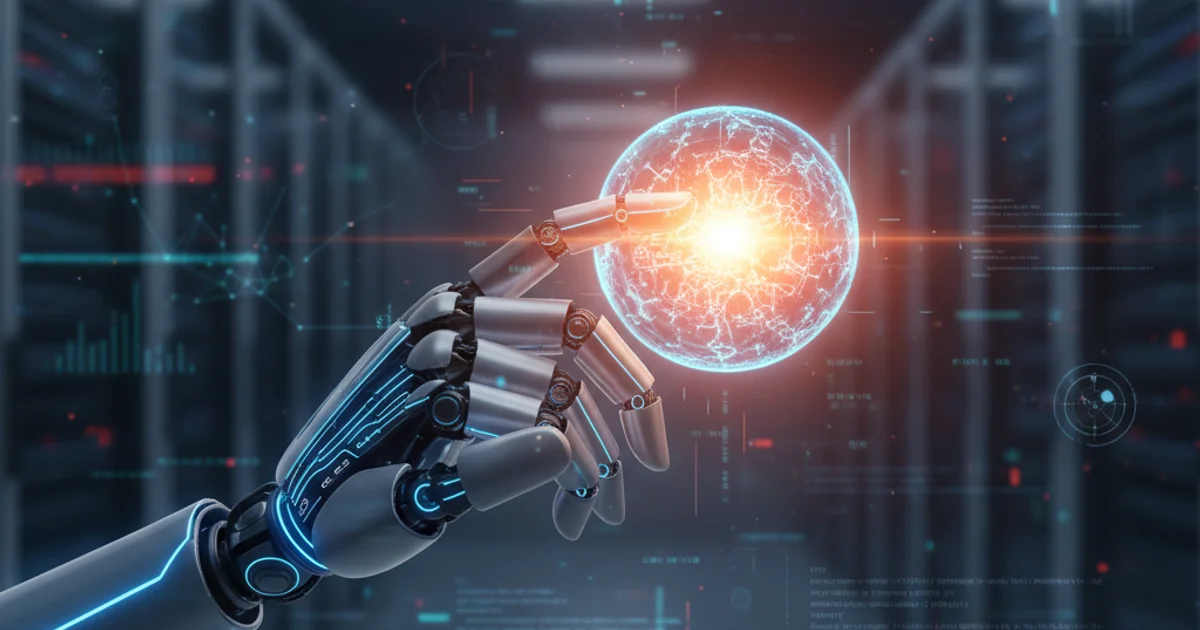What type of AI makes choices without considering the future?
Categories:
Understanding Reactive AI: The Present-Focused Decision-Makers

Explore Reactive AI, the simplest form of artificial intelligence that operates solely on current perceptions without memory or future planning. Learn its characteristics, applications, and limitations.
Artificial Intelligence encompasses a vast spectrum of capabilities, from simple automated responses to complex, human-like reasoning. Among these, some AI systems are designed to make decisions based purely on their immediate environment, without any consideration for past experiences or future consequences. This article delves into the nature of such AI, specifically focusing on Reactive AI, its operational principles, and where it fits within the broader landscape of intelligent systems.
What is Reactive AI?
Reactive AI, also known as 'Type I AI' or 'Purely Reactive Machines' according to AI theorist Stuart Russell, represents the most basic form of artificial intelligence. These systems operate by directly mapping current perceptions to actions. They do not possess memory of past events, nor do they have the ability to plan for the future. Their decision-making process is entirely based on the present state of their environment, responding to stimuli in a predefined, rule-based manner.
Think of a thermostat: it reacts to the current room temperature by turning the heating or cooling on or off. It doesn't remember yesterday's temperature fluctuations or predict tomorrow's weather. This immediate, stimulus-response behavior is the hallmark of Reactive AI.
flowchart TD
A[Perceive Current Environment] --> B{Match Perception to Rule?}
B -->|Yes| C[Execute Predefined Action]
B -->|No| D[No Action / Default Action]
C --> A
D --> ADecision-making flow of a Reactive AI system
Characteristics and Limitations
The defining characteristic of Reactive AI is its lack of memory and foresight. This simplicity makes them highly efficient for specific, well-defined tasks but also imposes significant limitations.
Key Characteristics:
- No Memory: They cannot store or recall past experiences.
- No Future Planning: Decisions are made without considering potential future outcomes.
- Rule-Based: Their behavior is governed by a set of pre-programmed rules or conditions.
- Immediate Response: They react instantly to current inputs.
- Limited Scope: Best suited for narrow, deterministic tasks.
Limitations:
- Cannot Learn: Without memory, they cannot adapt or improve over time based on experience.
- Lack of Context: Unable to understand the broader context of a situation.
- No Complex Reasoning: Incapable of solving problems that require sequential steps or long-term strategy.
- Predictable: Their responses are entirely predictable given the input, making them vulnerable to novel situations not covered by their rules.
Real-World Applications
Despite their simplicity, Reactive AI systems are ubiquitous and play crucial roles in various technologies. Their reliability and speed for specific tasks make them invaluable.
- Thermostats and HVAC Systems: As mentioned, these systems react to temperature changes to maintain a desired climate.
- Simple Robotic Vacuums: Early models would navigate by bumping into obstacles and changing direction, reacting to immediate contact.
- Spam Filters (basic): Some basic filters operate by reacting to the presence of specific keywords or patterns in an email's content.
- Manufacturing Automation: Robots performing repetitive tasks on an assembly line, reacting to the presence or absence of a component.
- Game AI (Non-Player Characters): In very simple games, NPCs might react to a player's immediate proximity by attacking or fleeing, without complex pathfinding or strategic planning.
- Traffic Lights: Many traffic light systems operate on timers or react to vehicle sensors at intersections, without predicting traffic flow patterns over time.
def simple_thermostat(current_temp, desired_temp):
if current_temp < desired_temp - 1: # Below desired range
return "Turn Heater On"
elif current_temp > desired_temp + 1: # Above desired range
return "Turn AC On"
else: # Within desired range
return "Maintain Current State"
# Example usage
print(simple_thermostat(20, 22)) # Output: Turn Heater On
print(simple_thermostat(25, 22)) # Output: Turn AC On
print(simple_thermostat(22, 22)) # Output: Maintain Current State
A Python example demonstrating a purely reactive thermostat logic.
In conclusion, Reactive AI systems are fundamental to understanding the spectrum of artificial intelligence. They are characterized by their immediate, present-focused decision-making, lacking memory and the ability to plan for the future. While limited in scope, their efficiency and reliability for specific tasks make them an essential component in many automated systems, often serving as building blocks for more sophisticated AI architectures.